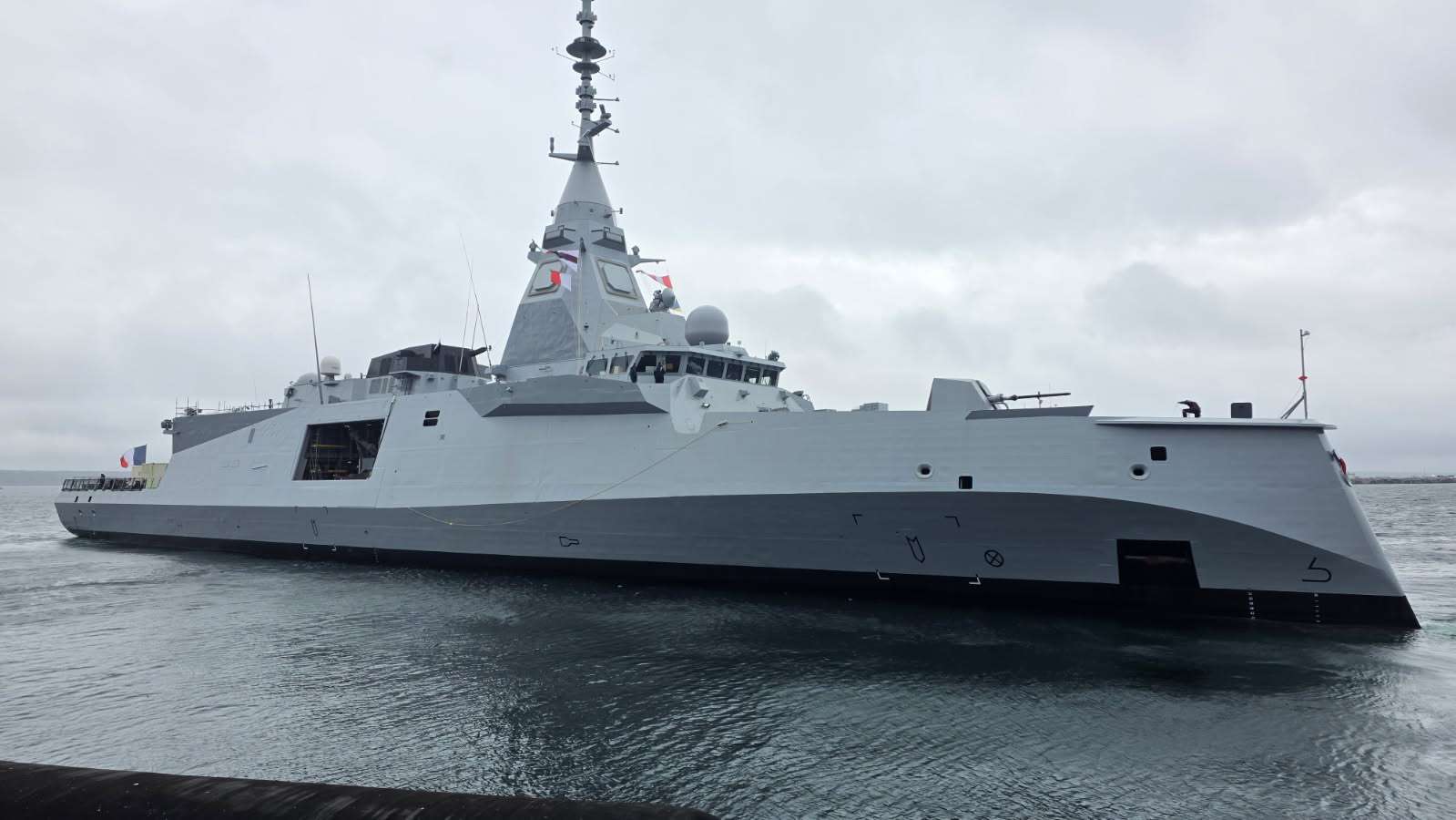
With the delivery of the frigate ADMIRAL RONARC’H to the French Navy, the Frégates de Défense et d’Intervention (FDI) program is now fully underway.
This is the first of the 9 units currently planned - including those destined for the Marine Nationale and the 4 under construction ordered by Greece - to enter service. Full operational capability is expected in 2026, once training and tests in live exercises are completed.
The FDI program, established to compensate for the reduction in French FREMM frigates (from the 17 initially planned to the 8 actually delivered by 2022), is also set to expand. In recent months, the intention to acquire 3 additional units in an improved version has been reiterated, aiming to increase the number of what the French Navy defines as "first-rank frigates" (which include HORIZON class destroyers and FREMM/FREDA class frigates) from 15 to 18; this is without counting potential further export successes.
Regarding the units of the first French batch, the other 4 will be delivered by 2032. This delay is due to the contract with Athens, which required 3 of the 4 FDIs intended for the urgent modernization of the Hellenic fleet (scheduled for delivery in 2026-2027, with some differences in armament and electronics) to be sourced from those already under construction for Paris.
The ADMIRAL RONARC’H-class FDIs are characterized by compact dimensions (122 m length, 18 m beam, displacement over 4,500 t) and an innovative design, including a sophisticated PSIM (Panoramic Sensor & Intelligence Module) integrated mast and an inverted bow. The all-diesel propulsion system provides a speed of 27 knots with great autonomy and efficiency to support long-duration missions.
Sensors include the Thales SEAFIRE-S AESA radar, a CMS more advanced than that embarked on the FREMMs, Naval Group's CANTO countermeasure system, and a complete sonar suite with a hull-mounted sonar and a CAPTAS-4 towed array. Armament includes 8 EXOCET MM-40 Block-3C anti-ship missiles, 2 SYLVER-A50 8-cell VLS for ASTER 15 and 30, a Leonardo 76/62 mm SR cannon, 2 NARWHAL 20 mm machine guns (for the French frigates, while the Greek ones will have Leonardo's LIONFISH 20 mm), 2 twin ASW torpedo launchers for MU-90, while the installation of an MPLS-type multiple anti-drone system is planned.
At the stern, a hangar and flight deck support a 10 t helicopter and a VTOL-type drone. The platform's automation, carefully designed with high levels of cyber resilience, limits the crew to 125 members, with space for 28 additional personnel.








.png)
